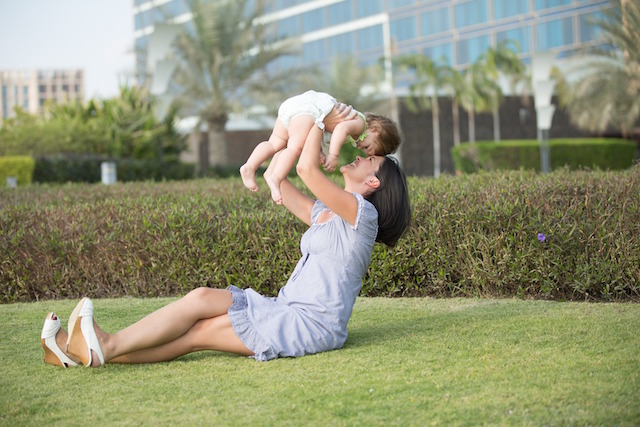 Heavy bags can put pressure on the discs between the vertebrae which can cause long term back pain in small and still-developing bodies and children can suffer muscular pain, headaches, tingling and numbness in the arms and legs and even mobility problems.
Heavy bags can put pressure on the discs between the vertebrae which can cause long term back pain in small and still-developing bodies and children can suffer muscular pain, headaches, tingling and numbness in the arms and legs and even mobility problems. Consultant osteopath, Danny Williams, who has treated some of the damage caused by carrying excessive loads, says:
"Children should never carry more than about 15 per cent of their own body weight. Parents can help by packing their children's rucksacks and making sure that the heavier items are nearer to the child's back. Heavier items on the outside of the bag tend to throw the child's centre of gravity out of balance, which leads to bad posture and increases the chances of them straining their back".
Danny's other suggestions are:
- A backpack is usually more comfortable than a bag that puts strain on only one shoulder, but even a backpack shouldn't be overloaded.
- Choose a sturdy, well-designed bag with wide, padded shoulder straps that reduces pressure on the neck and shoulder area. Buy a bag with adjustable straps which can be altered as the child grows.
- Check your child's posture after he has put the bag on. If you notice your child leaning forward or slouching, check if the bag is too heavy or if it has been packed incorrectly.
Another challenge to children's health, and one which is specifically an issue for girls, are shoes in the form of high heels and flat pumps. Wearing high heels (anything over 2") is especially stressful on the joints of the foot because the whole weight of the body is forced into a narrow, pointed area.
High heels can contribute to knee and back problems because of the way wearers are forced to pay attention to their balance and to take shorter strides. Heels also force the thigh muscles to work harder, putting extra strain on the knee joints and tendon that runs from the knee cap to the thigh bone. Compared with walking barefoot, high heels increase the pressure on the inside of the knee by around 26 per cent and over time this increased pressure on the knee can lead to osteoarthritis.
Danny Williams comments: "As with most things, moderation is the key here. Wearing the same type of shoe all the time can force your foot into an unnatural position. Flat shoes are usually easier on your feet than heels, but with no shock absorbency and little heel support, there is a risk of developing a painful condition called plantar fasciitis (pain on the soles of you feet) and calcaneal bursitis (pain under your heel)."
The answer is to change your style of shoes regularly and avoid the extremes - don't wear heels that are too high or too flat."
Danny Williams is a consultant osteopath at The Portland Hospital in London.

